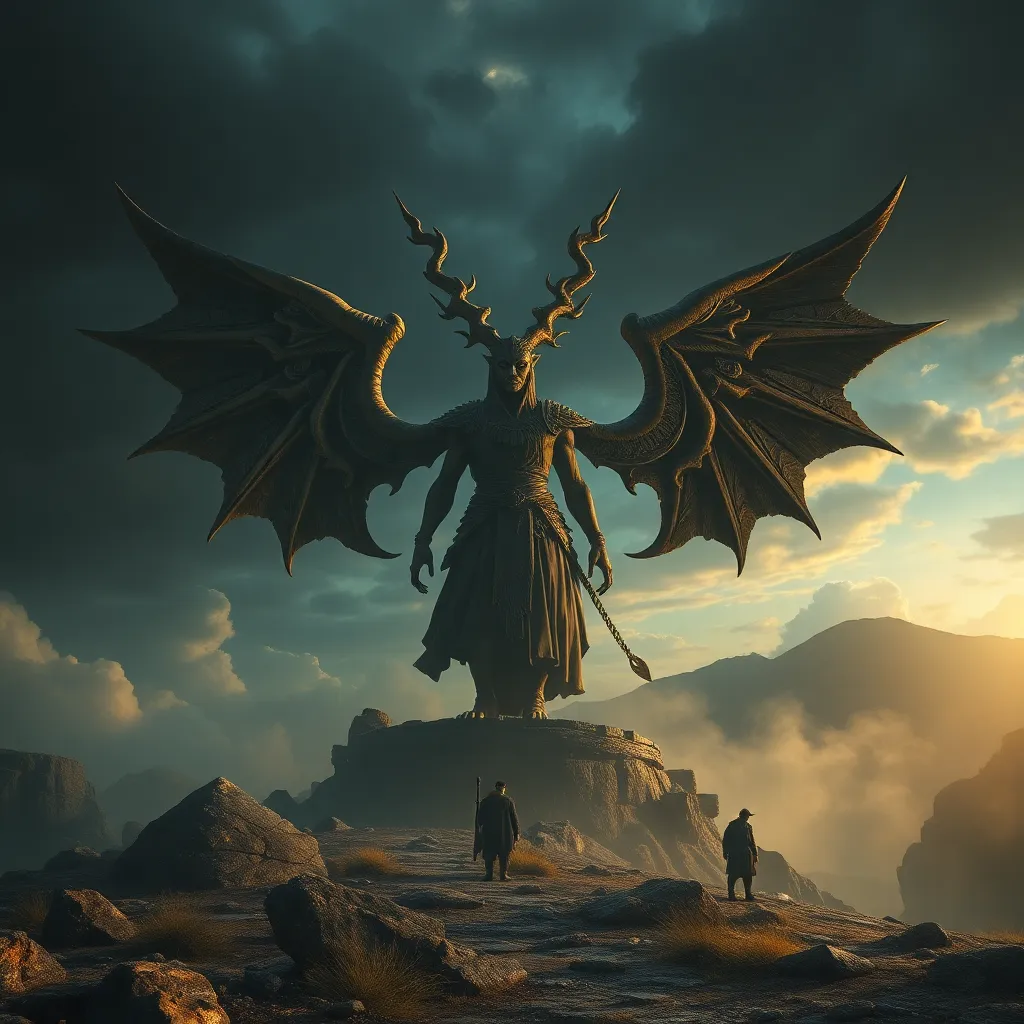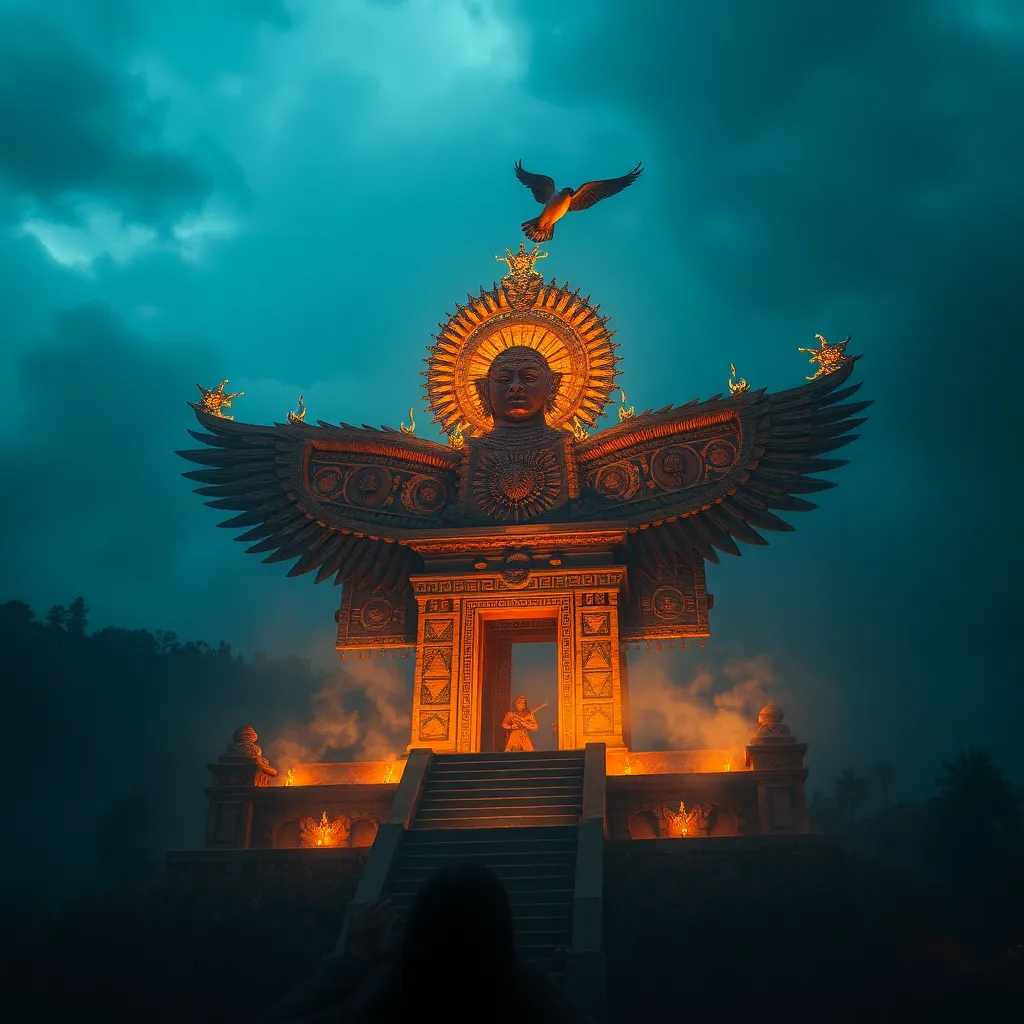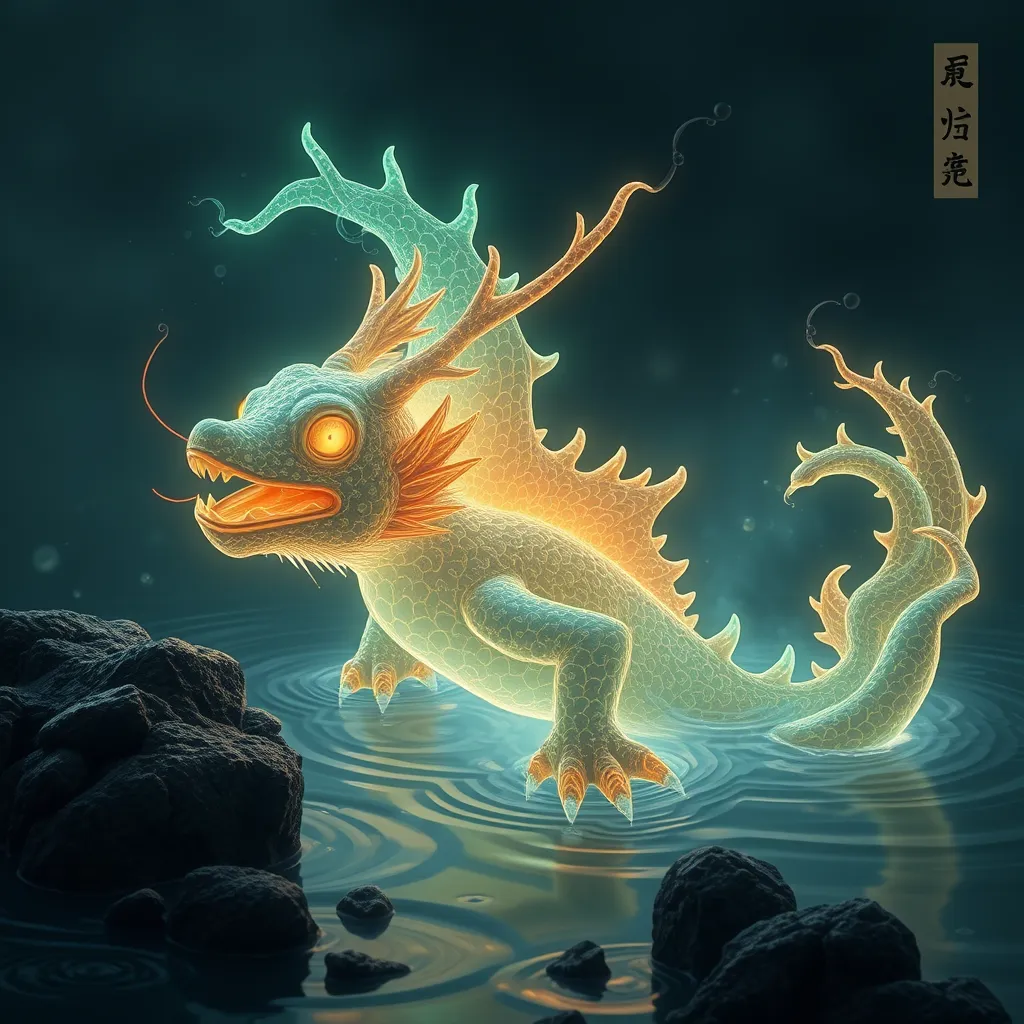The Legacy of the Hecatoncheires: A Timeless Myth for a Modern World
I. Introduction
The Hecatoncheires, often referred to as the “Hundred-Handed Ones,” are formidable figures in Greek mythology, representing the chaotic forces of nature alongside the potential for great strength and order. These giants, with their hundred arms and fifty heads, symbolize both the overwhelming power and the complexity of the universe. They embody the struggles inherent in human experience, making them vital to understanding cultural narratives throughout history.
Mythological figures like the Hecatoncheires serve as important lenses through which we can explore societal values, fears, and aspirations. They provide insight into the human condition, reflecting our challenges and triumphs. This article aims to delve into the relevance of the Hecatoncheires in today’s world, illustrating how ancient myths continue to resonate with contemporary audiences.
II. Origins of the Hecatoncheires
The origins of the Hecatoncheires can be traced back to the earliest Greek myths, where they were born from the primordial deities Uranus (Sky) and Gaia (Earth). According to Hesiod’s “Theogony,” they were born alongside the Titans, but their immense size and power led to their initial imprisonment by their father, Uranus.
Described as having one hundred arms and fifty heads, the Hecatoncheires possessed extraordinary strength, which would later prove crucial during the Titanomachy, the great battle between the Titans and the Olympian gods. They were allied with Zeus and played a pivotal role in overthrowing the Titans, using their strength to hurl massive boulders and contribute to the victory of the Olympians.
III. Symbolism of the Hecatoncheires
The Hecatoncheires symbolize the complex interplay of chaos and order within the universe. Their many arms can be seen as a representation of the chaotic forces that can overwhelm individuals and societies alike. However, they also embody the potential for strength and unity that arises when these forces are harnessed effectively.
- Representation of Chaos and Order: The Hecatoncheires illustrate how chaos can lead to both destruction and creation, paralleling human experiences of conflict and resolution.
- The Duality of Strength and Vulnerability: Despite their immense power, the Hecatoncheires were initially oppressed, showcasing the idea that even the strongest can feel powerless.
- Connection to Human Struggles: Their story resonates with modern challenges of multitasking and the overwhelming nature of life, reflecting our struggles to balance various responsibilities.
IV. The Hecatoncheires in Literature and Art
The Hecatoncheires have been depicted in various ancient texts, from Hesiod’s works to Ovid’s “Metamorphoses,” often interpreted as symbols of divine retribution or the chaotic forces of nature. In these texts, their physical appearance and capabilities are emphasized, serving as a reminder of the primal forces at play in the world.
During the Renaissance, artists like Peter Paul Rubens and Giovanni Battista Tiepolo drew inspiration from the Hecatoncheires, interpreting them through a lens of human emotion and drama. Modern adaptations continue to explore their legacy, often reimagining them in light of contemporary issues.
Across cultures, the representation of the Hecatoncheires has evolved, reflecting changing values and beliefs. From ancient sculptures to modern graphic novels, their story adapts to resonate with new audiences, maintaining their relevance through time.
V. Lessons from the Hecatoncheires for Modern Society
The lessons derived from the Hecatoncheires are particularly significant in our fast-paced, complex world. They encourage us to embrace diversity and complexity in our approaches to problem-solving.
- Embracing Complexity: Just as the Hecatoncheires manage their many arms, we too can learn to juggle multiple roles and responsibilities, finding strength in our diversity.
- The Importance of Cooperation: The Hecatoncheires exemplify the power of collaboration. Their alliance with Zeus highlights that working together can lead to overcoming formidable challenges.
- Mental Health Reflections: The immense pressure of modern life can feel like a burden, akin to the challenges faced by the Hecatoncheires. Their story serves as a reminder to seek support and find balance amidst chaos.
VI. The Hecatoncheires in Popular Culture
In contemporary popular culture, the Hecatoncheires have made appearances in movies, video games, and literature, often reinterpreted to fit modern narratives. They can be found in works ranging from Rick Riordan’s “Percy Jackson” series to various video games that draw on Greek mythology.
These modern portrayals often explore themes of identity, struggle, and resilience, connecting the ancient myth to contemporary issues. By reinterpreting the Hecatoncheires, storytellers can highlight their significance in shaping modern mythologies and cultural narratives.
VII. The Relevance of Ancient Myths Today
Ancient myths like the story of the Hecatoncheires address universal themes that remain relevant in today’s society. They tackle complex issues such as conflict, cooperation, and the human condition, providing valuable insights into resilience and the capacity for overcoming adversity.
- Universality of Themes: The struggles depicted in the myths resonate with contemporary audiences, as they mirror the challenges faced in modern life.
- Understanding Resilience: The Hecatoncheires’ journey from oppression to empowerment offers lessons in resilience, encouraging individuals to rise above their circumstances.
- Cultural Identity and Continuity: Myths help foster a sense of cultural identity, connecting generations and providing a shared narrative that endures through time.
VIII. Conclusion
The Hecatoncheires are more than mere figures of ancient lore; they are timeless symbols of strength, chaos, and the human experience. Their legacy provides essential lessons for navigating the complexities of modern life, reminding us of the importance of cooperation, resilience, and embracing diversity.
As we continue to explore and embrace mythological narratives, we find that these ancient stories not only enrich our understanding of the past but also offer guidance for the future. The enduring legacy of the Hecatoncheires serves as a testament to the power of myth in a rapidly changing world, encouraging us to confront our challenges with strength and unity.



